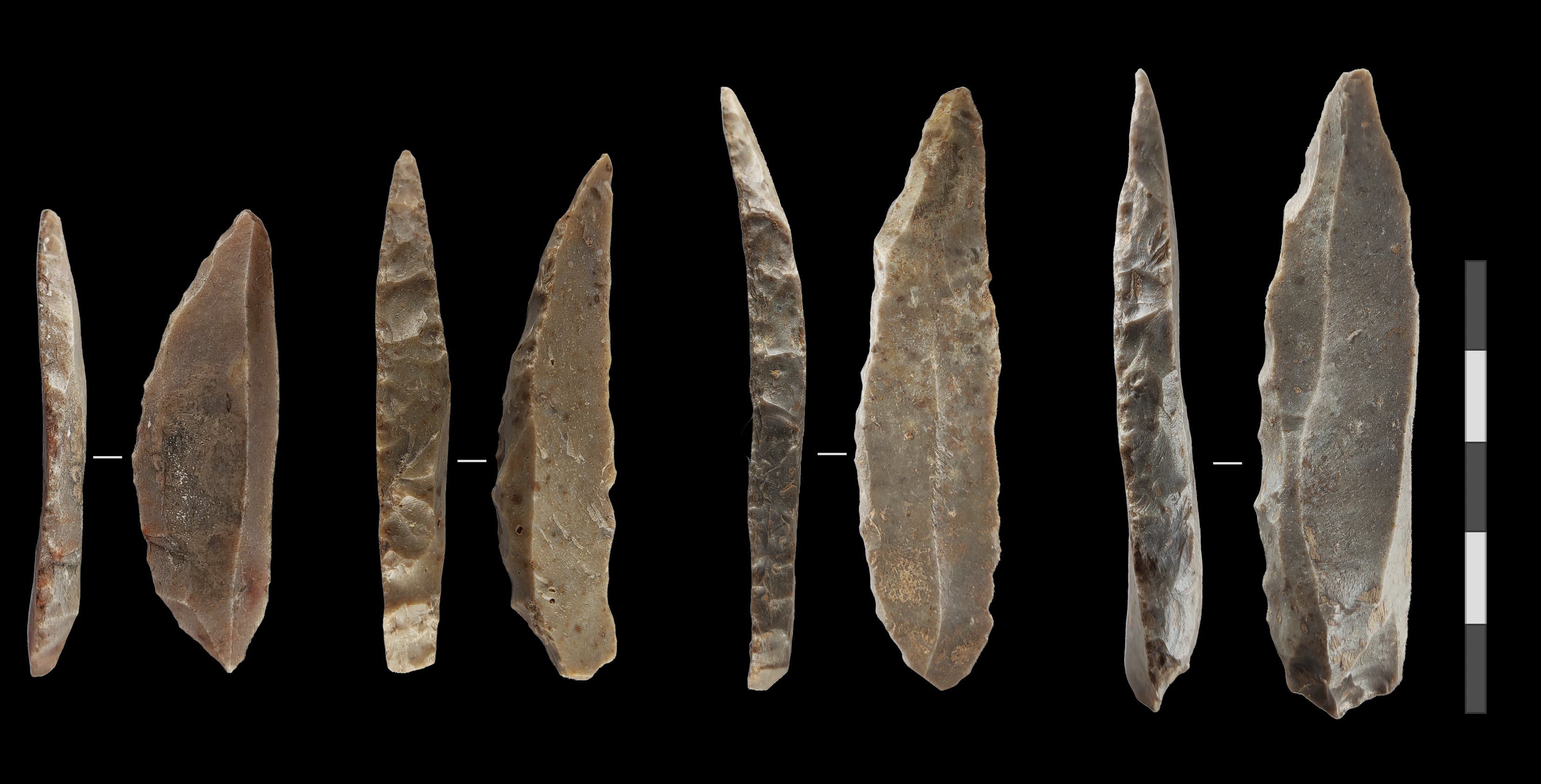Like an upgraded iPhone, the arrival of modern humans in Europe didn’t result in the immediate disappearance of the previous model, but instead heralded a period of overlap between Homo sapiens and Homo neanderthalensis. While it’s difficult to ascertain exactly how long the two species co-existed for, new research suggests that Neanderthals may have clung on for a further 2,800 years before becoming obsolete.
Recent fossil discoveries have hinted that the first anatomically modern humans may have been present in Europe as early as 54,000 years ago, predating the disappearance of Neanderthals by roughly 14,000 years. However, little is known about whether the two hominid species occupied the same regions simultaneously, or for how long.
The study authors focused their attention on France and northern Spain, where the latest Neanderthals are likely to have lived. Here, a material culture called the Protoaurignacian – which features tools and bladelets largely attributed to modern humans – appeared some 42,000 years ago, and soon replaced the so-called Châtelperronian assemblages created by Neanderthals.
To conduct their analysis, the researchers radiocarbon dated 28 Châtelperronian artifacts and 28 Protoaurignacian relics, retrieved from 17 archaeological sites across the region. They then applied optimal linear estimation modeling to estimate the earliest and latest dates that humans and Neanderthals would have been present at each of these locations.

Distinctive stone knives thought to have been produced by the last Neanderthals in France and northern Spain. Image: Igor Djakovic
Results suggested that the Protoaurignacian culture – and therefore modern humans – arrived in the area between at 42,269 and 42,653 years ago, while the Châtelperronian culture disappeared 39,894 to 39,798 years ago.
The researchers then examined 10 radiocarbon-dated Neanderthal fossils from France and Belgium and determined that the species probably became extinct in the region sometime between 40,870 and 40,457 years ago. Overall, this suggests that modern humans may have co-existed with their ancient cousins for around 1,400 to 2,800 years in western Europe.
While these findings indicate that Homo sapiens and Homo neanderthalensis probably had a shorter-lived relationship than previously thought, the study authors concede that “the reality… is that we are unlikely to ever identify the ‘first’ or ‘last’ appearance of a species or cultural tradition in the archaeological and fossil record.” It’s therefore impossible to say with any certainty exactly how long humans and Neanderthals lived as neighbors.
In spite of this, the researchers conclude that “these observations strengthen the proposition that the initial Upper Palaeolithic in this region likely involved a period of co-existence between Neandertals and Homo sapiens.”
“Whether or not this co-existence featured some form of direct interaction, however, remains to be resolved,” they say.
The study has been published in the journal Scientific Reports.
Source Link: Neanderthals May Have Co-Existed With Modern Humans For Almost 3,000 Years